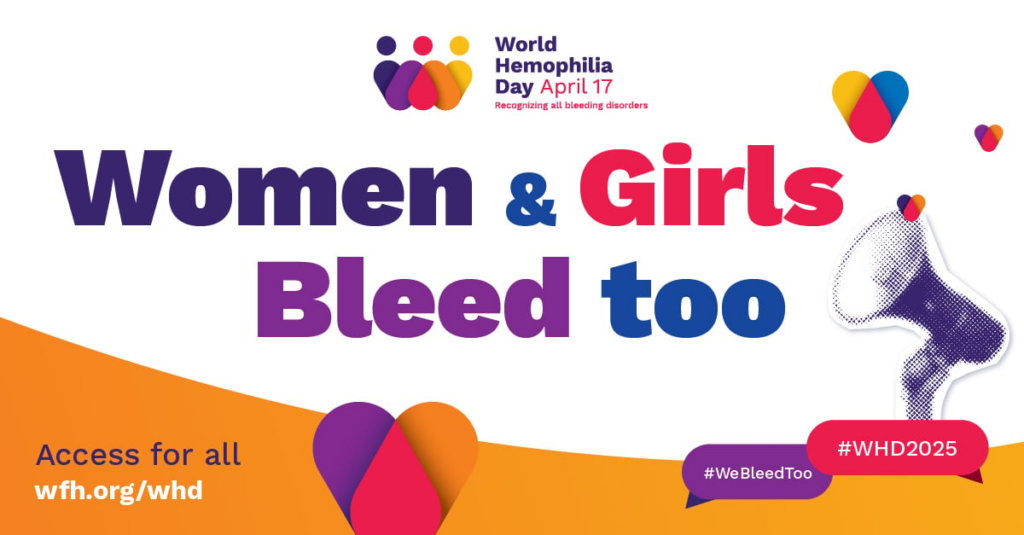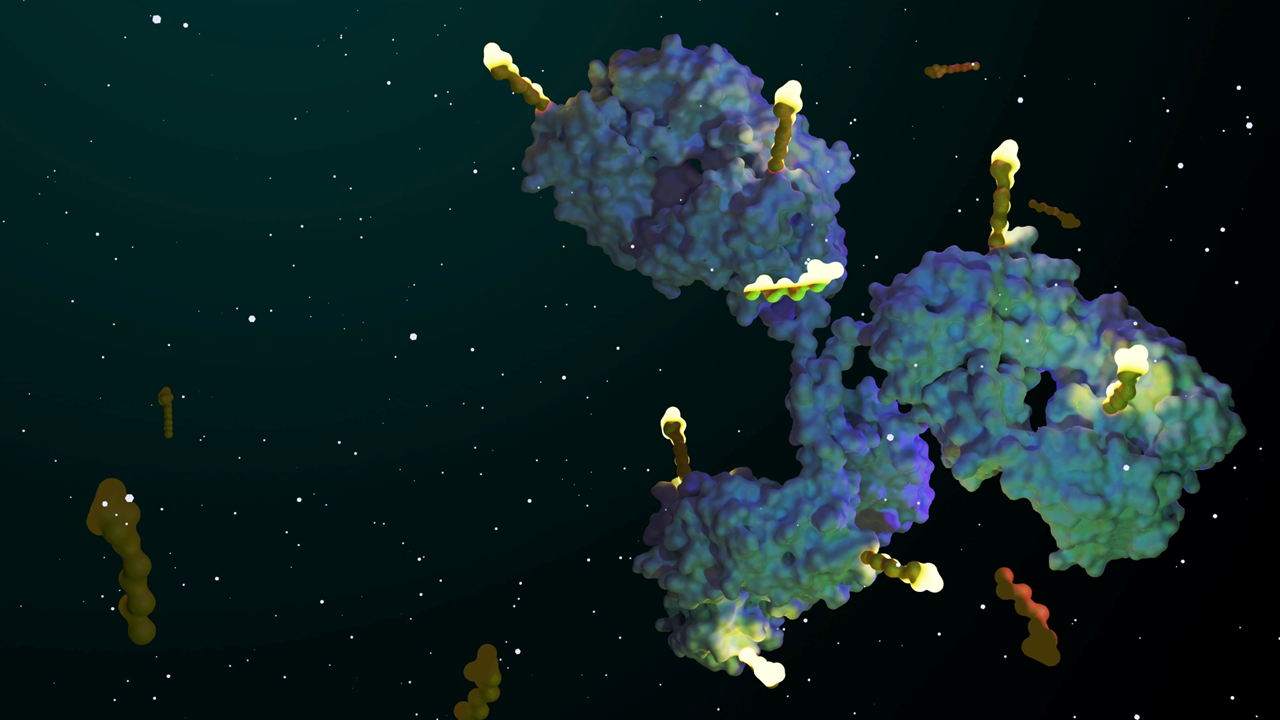This World Hemophilia Day 2025, the bleeding disorders community comes together under the theme “Access for all: Women and girls bleed too,” spotlighting the long-overlooked experiences of women and girls with inherited bleeding disorders.
Hemophilia occurs when a clotting protein is missing or deficient, causing prolonged bleeding that can lead to joint damage and chronic pain. While treatments have advanced significantly, women and girls remain underdiagnosed, often mischaracterized as carriers rather than individuals needing care.
To mark the occasion, here’s a look at where hemophilia treatment stands today.
Hemophilia in Females: Why Awareness Matters
From 2012 to 2020, nearly 92% of US women and girls with hemophilia were classified as having mild disease, yet they visited clinics less often than males. Globally, it’s estimated that 359,000 women may be living with hemophilia — many still undiagnosed.
Women are nearly twice as likely to present with bleeding after childbirth or gynecological procedures, but the longstanding view that they are merely carriers delays diagnosis — sometimes by up to 10 years.
Heavy menstrual bleeding is among the most burdensome symptoms. In a cohort of 45 post-menarcheal girls in China, 46.7% reported it, yet only three had ever received treatment for menorrhagia (prolonged menstrual bleeding).
Despite these burdens, fewer than 5% of hemophilia clinical trials include female participants. Expanding access to diagnosis, inclusion in research and tailored treatment strategies for women is not just overdue — it’s essential to strengthening the bleeding disorders community as a whole.
World Hemophilia Day 2025: Spotlight on New Hemophilia Treatments
Hympavzi (Marstacimab-hncq)
Approved in late 2024, Pfizer’s Hympavzi is the first once-weekly anti-tissue factor pathway inhibitor (anti-TFPI) therapy for hemophilia A and B patients without inhibitors. Delivered via auto-injector, it inhibits TFPI to restore clotting activity. According to Spherix Global Insights, plan to prescribe Hympavzi within a year. This reflects both early interest and the need for real‑world validation.
Alhemo (Concizumab-mtci)
Shortly after, Novo Nordisk’s Alhemo gained FDA approval as the first daily subcutaneous therapy for hemophilia A or B with inhibitors. It targets TFPI similarly to Hympavzi and offers a non-IV option for patients with limited choices. Physicians have expressed optimism, though daily dosing raises adherence considerations.
Qfitlia (Fitusiran)
In 2025, Sanofi’s Qfitlia became the first siRNA-based therapy for hemophilia A and B with or without inhibitors. It works by silencing antithrombin production, restoring clotting balance with monthly subcutaneous injections and showing strong bleed reduction in trials.
Setbacks and Strategic Pivots
Progress hasn’t come without setbacks. In early 2025, Pfizer discontinued its AAV gene therapy Beqvez (fidanacogene elaparvovec) for hemophilia B, citing limited uptake among physicians and patients. This followed its December 2024 decision to end its collaboration with Sangamo Therapeutics on the hemophilia A gene therapy giroctocogene fitelparvovec, despite positive Phase III results.
The World Federation of Hemophilia raised concern over these halted programs. It urged industry partners to preserve clinical trial data and maintain investment in long‑term solutions.
More recently, Takeda announced plans to discontinue two legacy products — Hemofil M and Recombinate — amid a shift toward newer therapies. The company confirmed no safety concerns and reaffirmed its focus on innovation in bleeding disorders.












Join or login to leave a comment
JOIN LOGIN